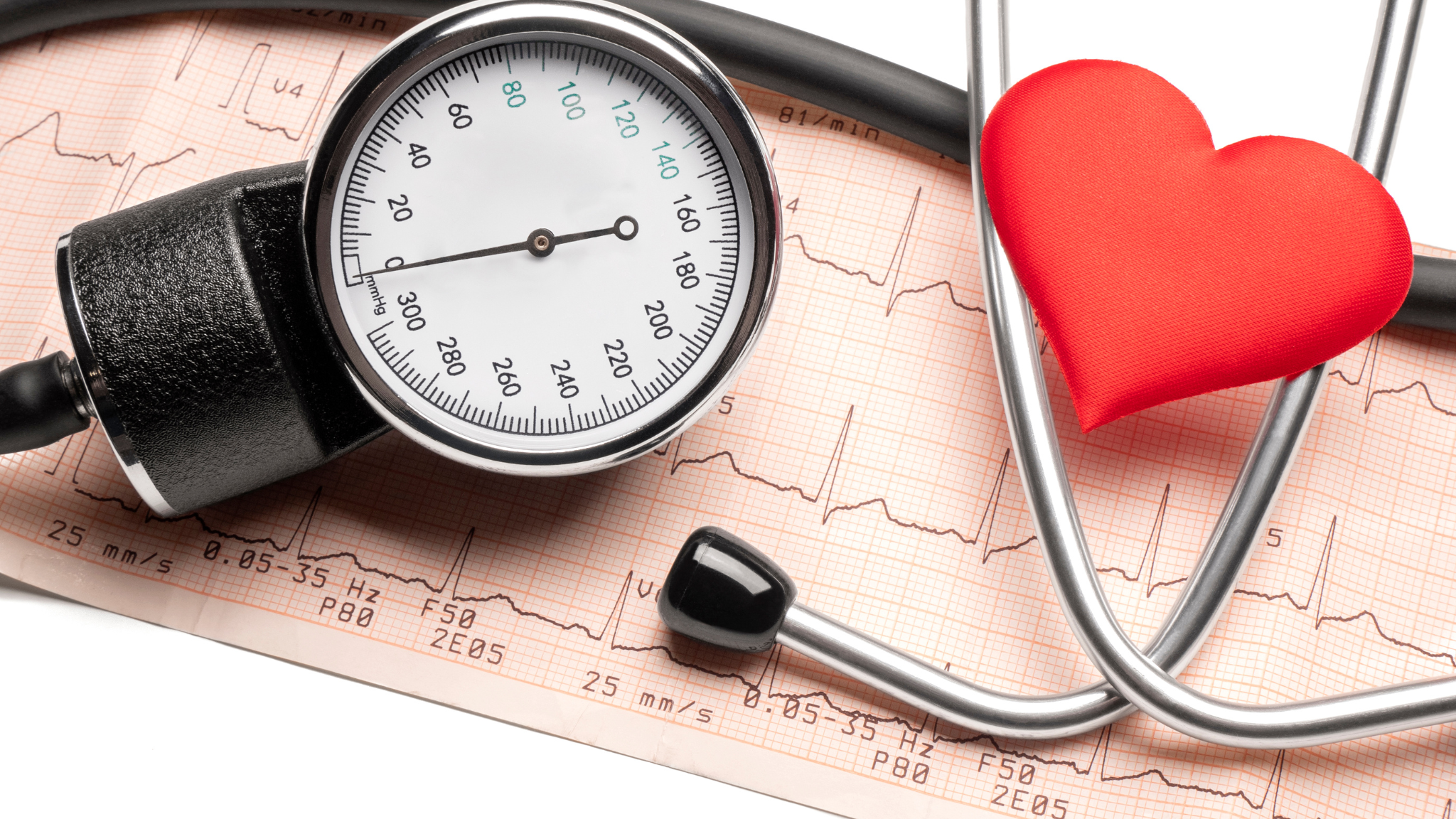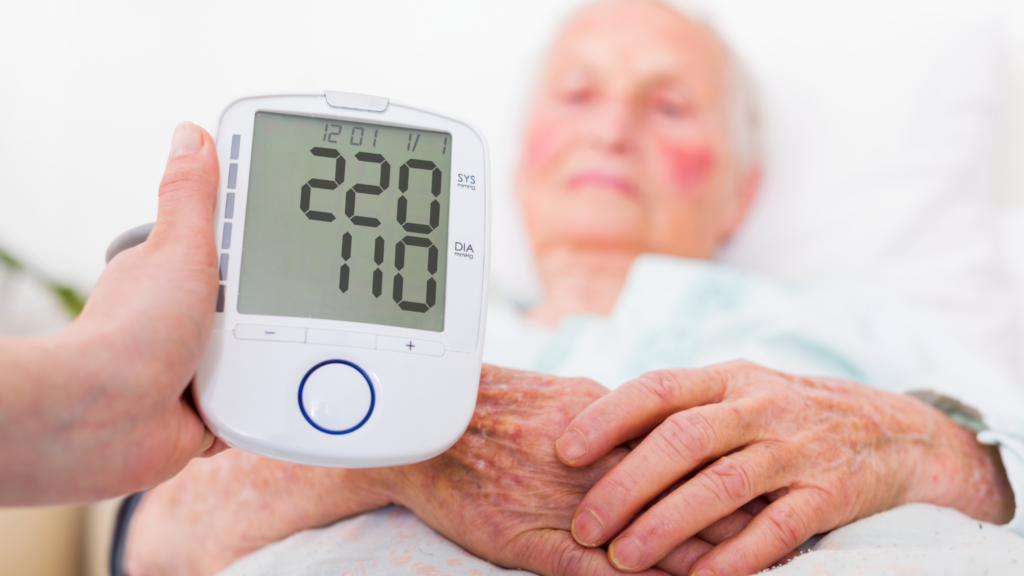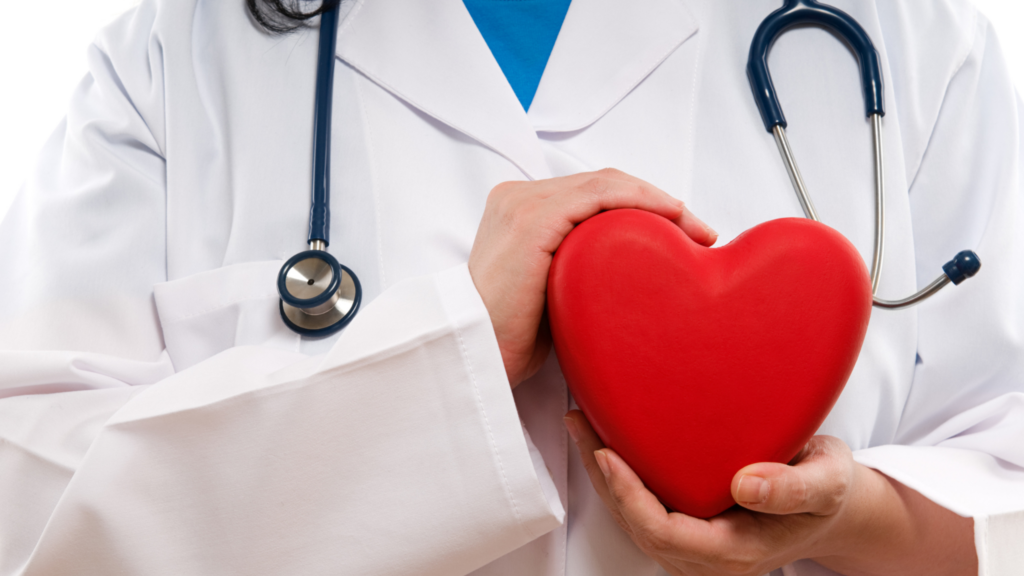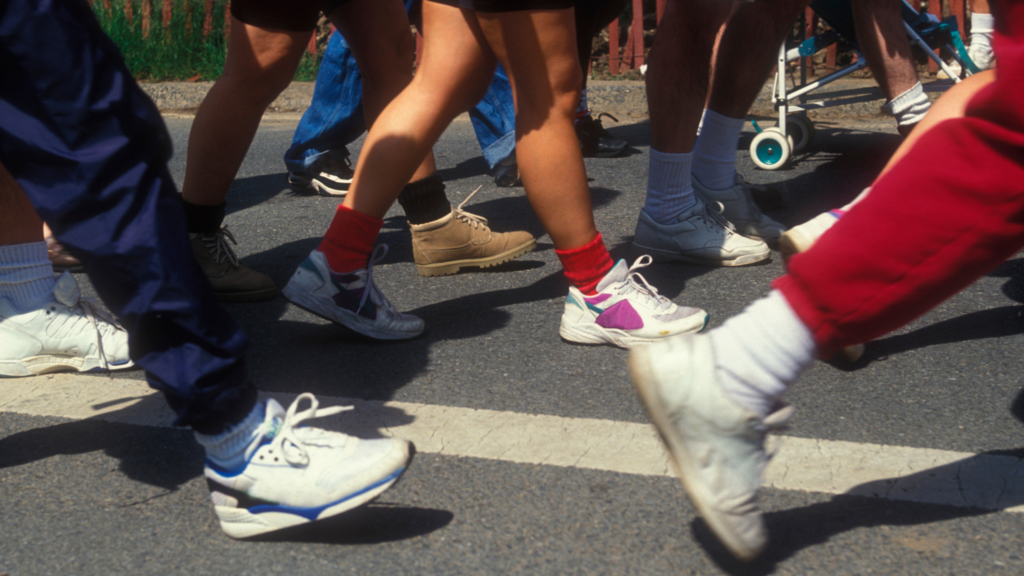Monitoring your blood pressure by yourself has become a very common occurrence in today’s world. However, there’s so much more to these devices than a simple number on the screen. Do you know how to interpret the readings it gives you? What does the flashing heart mean on blood pressure monitor devices? Should you panic? Is it normal? Do you even know?
While having these devices is extremely beneficial and recommended, there’s no point if you don’t understand how it works or what the readings and other symbols mean. Don’t worry! It’s time to learn how to get the most use of your blood pressure watch and ensure you understand exactly how it works.
Understanding Blood Pressure Watches and Monitors
Before going into the details, it’s crucial to understand what exactly a blood pressure monitor is and what it does. First things first, what is blood pressure? This is a measure of the pressure of your blood pushing against your arteries and is one way of measuring cardiovascular health.
Frequent blood pressure fluctuations are a cause for concern, as high blood pressure is often associated with strokes, heart disease, and other health complications. However, it can be difficult to know when your blood pressure is too high. This is where blood pressure monitoring comes into play.
When you use a monitor to measure blood pressure, you often get two readings – your systolic and diastolic pressure. Systolic blood pressure is the higher reading on the monitor and is a measure of the pressure in your arteries when your heart pumps blood and contracts. Diastolic pressure, on the other hand, is the lowest of the two numbers and is an indication of your blood pressure when your heart is resting between beats.
What Is High Blood Pressure?
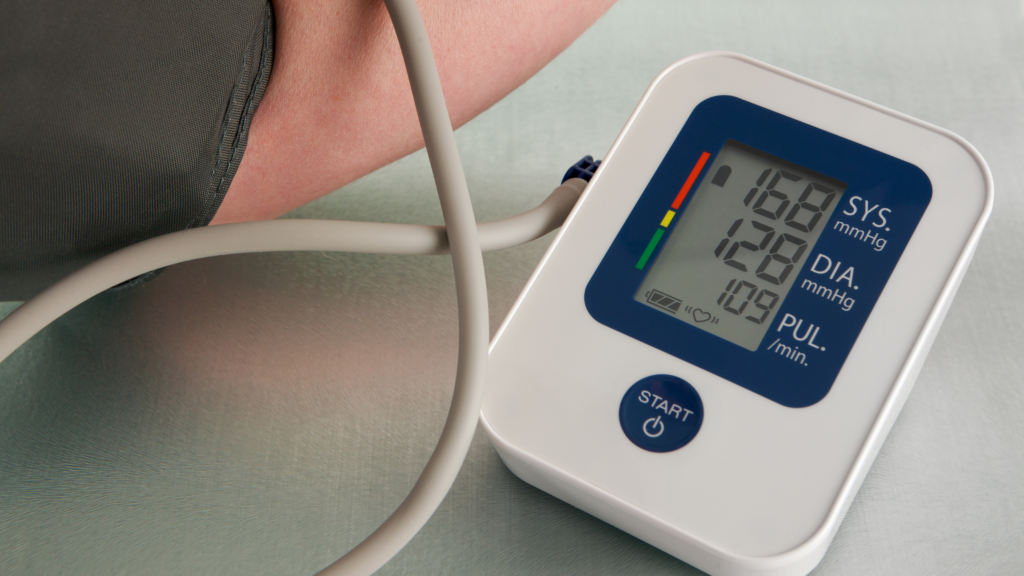
Your blood pressure is considered high when the systolic reading is 120 mmHg or more, and the diastolic reading is lower than 80 mmHg.
When your systolic reading is between 130 and 139 mmHg and the diastolic reading is between 80 and 89 mmHg, you are said to have stage 1 hypertension. However, when the systolic reading is 140 mmHg or more, and the diastolic reading is 90 mmHg or higher, you are said to have stage 2 hypertension. You require immediate medical attention if you have a hypertensive crisis, which is where your systolic reading exceeds 180 mmHg and/or your diastolic reading exceeds 120 mmHg.
Fortunately, you can treat this effectively through lifestyle changes and medications prescribed by your doctor. Stress management, physical activity, a healthier diet, no smoking, and reduced alcohol consumption are all effective ways to deal with hypertension.
Is Low Blood Pressure Also Dangerous?
Many people tend to focus on high blood pressure, but what about low blood pressure? Low blood pressure is also considered dangerous; however, it’s not very common.
People experiencing low blood pressure might feel lightheaded, dizzy, or sick. It’s also important to note that low blood pressure depends largely on the person and their personal conditions and circumstances.
What Does the Flashing Heart Mean on Blood Pressure Monitor Devices?
Now that you know the core fundamentals of blood pressure monitoring, you can consider some of the finer details. Many people panic when they see the little heart on the monitor start to flash. This is because they think it represents an issue with their heart.
Fortunately, this is not the case, and you can breathe! The flashing heart symbol is simply an indication that the device is working and currently trying to detect your heart rate.
You’ll find this symbol on many blood pressure watches and monitors these days. It’s crucial to take note of the differences between blood pressure and heart rate. Your heart rate is a measure of how many times your heart beats per minute, which is also a crucial reading when trying to determine your cardiovascular health.
While your device is measuring your blood pressure, it will also monitor your heart rate. These are both useful readings that will help determine whether you’re healthy or need to visit a doctor.
Final Thoughts
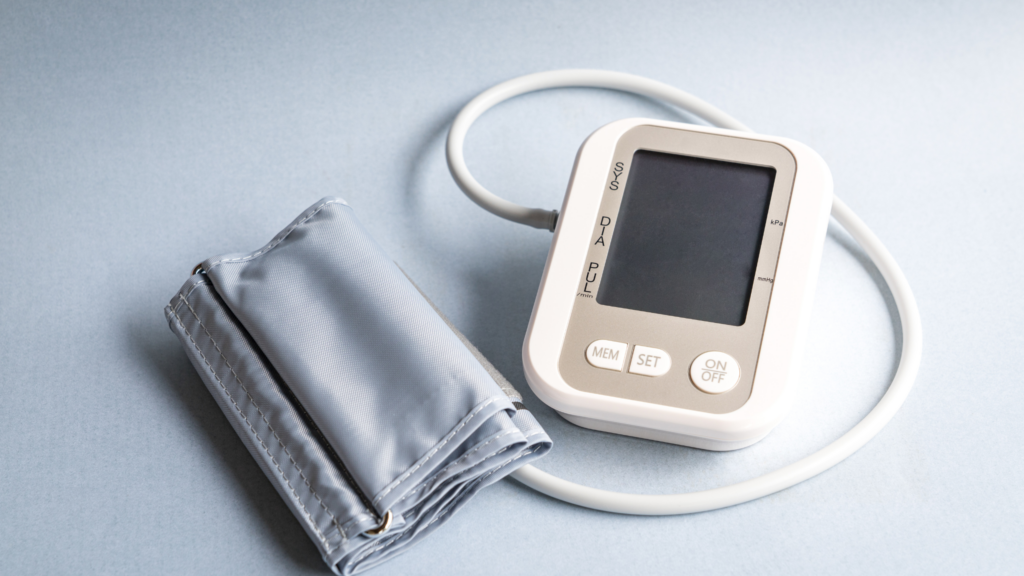
There’s so much more to a blood pressure monitor than the numbers on the screen. If you want to ensure effective blood pressure monitoring, you need to understand all the features on your device, including the flashing heart. Fortunately for you, you now know all the vital aspects of your monitor and can use the device to ensure you achieve optimal health.
FAQs
What Is the Best Smart Watch with a Blood Pressure and Heart Rate Monitor?
There are many fantastic smartwatches on the market that come equipped with a blood pressure and heart rate monitor. The Apple Watch Series is certainly one of the most popular options. However, there are many other great options that are more affordable, such as Omron Heartguide, Samsung Galaxy Watch 5, FitVII Smartwatch, and more.
The best blood pressure watch will depend on your preferences. However, when choosing an option, the most important thing is to examine the features of the watch. Some of the qualities you should look for include:
- Measures your blood pressure and heart rate
- Sleep tracking
- Measures your blood oxygen levels
- Irregular heartbeat detection
- Long battery life
Of course, the most important thing is to ensure the device gives you reliable readings so that you can seek medical attention as soon as possible if necessary.
What Is the Heart Symbol on Blood Pressure Monitor Devices?
The heart symbol on blood pressure monitor devices is an indication of when the device is reading your heart rate and blood pressure. This is also known as the irregular heartbeat symbol. When the heart flashes, the device is busy with the measurement process. However, when the symbol is not flashing, no readings are being taken. If an irregular rhythm is detected more than twice during the reading, contact your doctor for medical advice.

